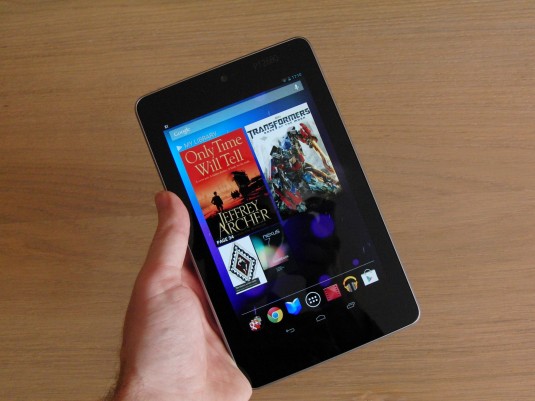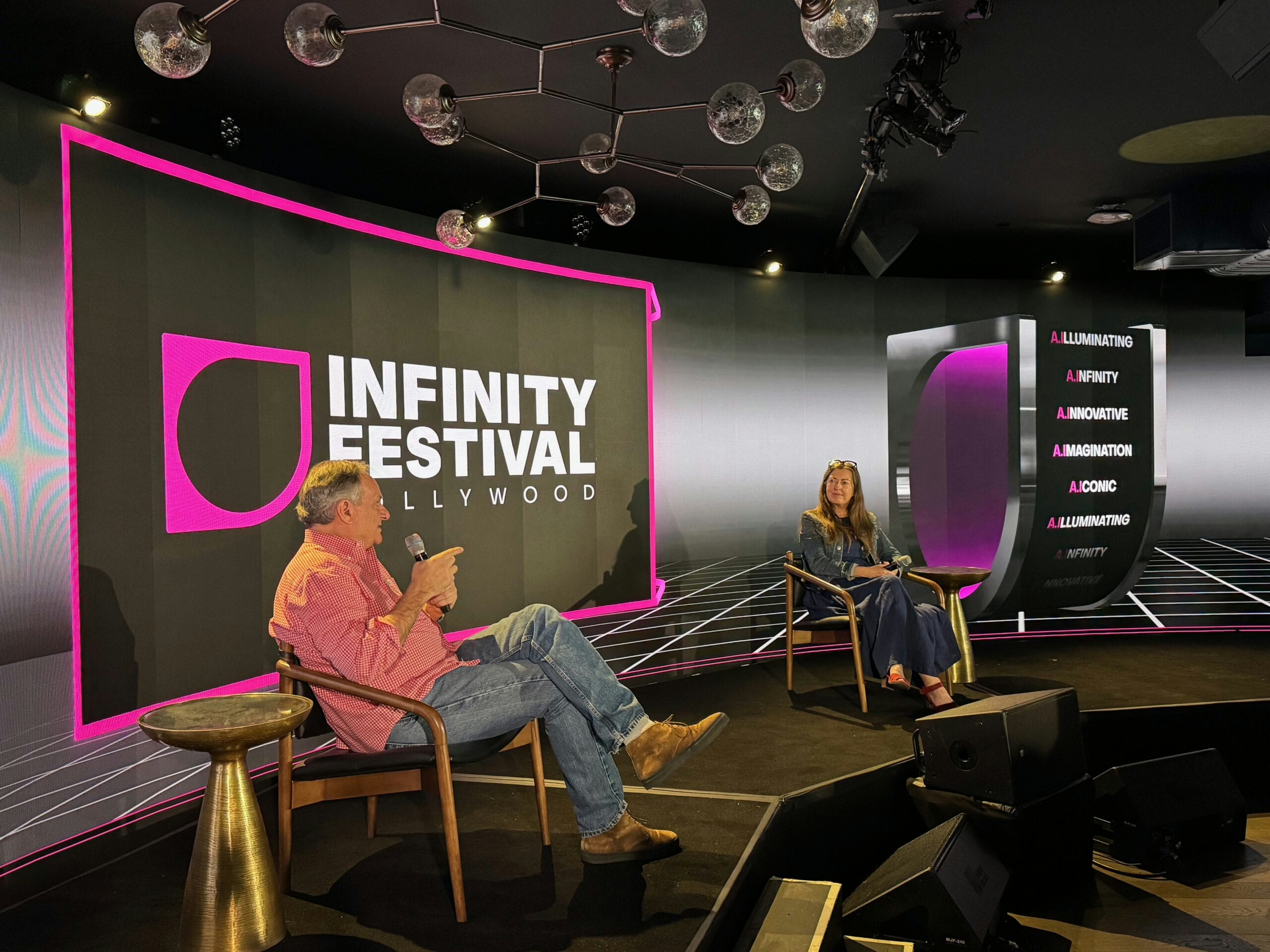2012 had its share of news and a lot of the same-o same-o
[Editor’s Note: This is the third in a series of year-in-review articles from the Jon Peddie Research team. Links to previous articles in the series are at the end.]
By Jon Peddie
 The year is drawing to a close, and as it goes out, it takes with it the nasty US election, and hopefully this persistent recession—hopefully. Before I make my useless new year’s resolutions (I vow to stop smoking, gaining weight, buying plaid pants and white shoes, and kicking homeless people and cats), I like to lean back and contemplate the year. It’s therapeutic and instructional to look at what was done, and think about what might have been, or could have been done.
The year is drawing to a close, and as it goes out, it takes with it the nasty US election, and hopefully this persistent recession—hopefully. Before I make my useless new year’s resolutions (I vow to stop smoking, gaining weight, buying plaid pants and white shoes, and kicking homeless people and cats), I like to lean back and contemplate the year. It’s therapeutic and instructional to look at what was done, and think about what might have been, or could have been done.
The year of the 7-inch tablet
Although declared useless by Steve Jobs, the rest of the world seems to love the 7-inch tablet, and lots of suppliers have one for you, including Apple, Amazon, Google, Samsung, Barnes & Noble, and a dozen or so Chinese companies.

Not new products
The cloud (again). If you didn’t say “the cloud” in a press release, or announce a new cloud strategy in 2012, then you just didn’t know what was going on. The computer industry has rediscovered the Internet and servers—again, and now it’s called the cloud. Wow!
Call of Duty (again). Unable to get enough of the shoot-’em-in-the-face heart-pounding action, gamers spent over a billion dollars for the latest Call of Duty game, Black Ops II.
Far Cry (again). Lost on yet another island, this time the mission is to find plants. Far Cry 3 takes gamers to a new level of madness … literally. The Far Cry soldiers are totally nuts this time.
Microsoft releases Halo (again). Master Chief is back, and he’s brought his friends. Microsoft released Halo 4 for the Xbox (only), and 4.6 million gamers rushed to the store to get a copy.
S3D fails to ignite (again). After a year or two of anticipation, stereoscopic 3D still doesn’t get any traction except in animated 3D movies. Well, there’s always next year …
Apple introduces a phone (again). Yeah, and …
Losers. Sony loses money (again), Nokia loses market share and money (again), VIA loses money (again), and AMD loses money (again).

Management changes
New management at Yahoo (again, and again). In January the BOD of Yahoo picked former PayPal president Scott Thompson to be its CEO, and Tim Morse—in charge on an interim basis since Bartz’s abrupt firing in September—went back to CFO. In May, Thompson was forced to resign as CEO when it was revealed he had faked parts of his resume. In July the BOD hired Marissa Mayer to be the CEO, replacing interim CEO Ross Levinsohn. Stay tuned for a Day in the Life of Yahoo.
New management and direction at AMD (again). AMD entered 2012 with a new management team and business plan. Nothing much happened in 2012.
New management at HP (again). Not really a 2012 event, but it took Meg Whitman most of Q4’11 to get a feeling of, and a grip on, HP. Except for an $8 billion write-down, nothing much happened in 2012.
Scott Forstall exits stage left. Some Apple watchers were surprised when Scott Forstall suddenly announced his departure from Apple. Immediately following the announcement there were reports of celebration in the halls of 1 Infinite Loop, and those who were free to speak, meaning not Intel employees, said Forstall’s refusal to apologize for the iOS Map app fail set his career clock ticking.
Paul heads for the door. In late November, Paul Otellini resigned his position as CEO of Intel. Speculation about the reasons flooded the webosphere, and the general consensus is he was asked to leave.
Sinofsky moves on, Microsoft re-orgs (again). Controversial, often chiding and reportedly difficult to work with, Steven Sinofsky, Windows president, was told to seek new opportunities outside of Microsoft.
Chandraskeher is shown the door. After 24 years at Intel, Anand Chandraskeher didn’t succeed in getting Intel into the mobile business fast enough and was told to go. (He’s now at Qualcomm … hmmm.)
Losses
Two computer graphics pioneers passed away during the year, leaving the industry and the world sad. Jake Richter died in May of melanoma, and Carl Machover passed away in March.
Notable products
There was some good news too in 2012, and there were actually some new things and ideas.
HP introduced the Z1 All-In-One Workstation. A marvel of packaging and engineering, the compact slick machine has a powerful CPU and a full-sized Quadro Add-In Board (AIB) in it.
Numecent cloud paging. A stealth company originally funded by the spooks in Washington, this novel (ahem) cloud-based software delivery system overcomes the download time associated with big files and programs, delivering just what you need to get started and filling in the rest in the background while you work or play.
Kepler. Introducing its first truly new architecture in over five years, Nvidia knocks the ball out of the park with its Kepler GPU design.
Imagination Caustic Raytracing board. After buying struggling ray-tracing accelerator company Caustic, Imagination Technologies pushes the company and its technology over the finish line and delivers a hardware accelerator ray-tracing processor board, the Caustic Series2 board.
Intel MIC. Larabee is dead, long live Larabee. The Phoenix-like ring-based multi-core processor Intel poured tens of millions of dollars into reappeared as a co-processor AIB.
Google glasses. Staring into space becomes fashionable as Google continues to lead the way to a brave new world of always connected, always informed, and always cool.

Microsoft Surface. A tablet that works like a PC—at last. Too bad they’re not selling well. But it’s still early days, and we think it’s the right design.
AMD Trinity. AMD’s promise of the Fusion, heterogeneous, vision processor, was finally realized with the Trinity instantiation.
Voice, gesture, touch/swipe, head/eye tracking, and haptics. No longer limited to mouse and keyboard, we are finally getting natural interfaces for our machines in cars, TVs, computers, signs, and games.
Win8 fails to excite. Metro is cute, but what problem does it solve?—and I have to unlearn all the stuff it took me 20 years to learn? I don’t get it, and it seems a lot of others don’t either.
OpenGL turns 20. Old fart API proves it’s got what it takes for the long haul—and passes DirectX in the process.
Sixty inches for less than a grand. For my birthday present to me from me, I got a new TV—a 60-inch 120-Hz smart HDTV for $999, less than what I paid for a 32-inch TV four years ago. This is progress!
Deals
We may be in a consumer-frightening, election year recession that makes the stock market jump up and down like a yo-yo on any news out of Europe or China, but those corporations that have been sitting on box loads of cash spent some of it during 2012.
AMD buys SeaMicro. AMD surprised folks and bought low-power server vendor SeaMicro, a move that puts AMD in the systems business.
Facebook takes the public’s money. Snarky U.S.-abandoning entrepreneurs take the stock market for a ride, and nobody except the founders seemed to enjoy the trip.
Google buys a dozen. Google didn’t let its $33 billion in cash rot in the bank and went out bought 12 companies: TxVia, Meebo, Quickoffice, Sparrow, Wildfire Interactive, Frommers, VirusTotal, NIK software, Viewdle, Incentive Targeting, and BufferBos.
Imagination acquires MIPS. Probably one of the smartest moves in a long while in the M&A area, Imagination Technologies’ acquisition of MIPS positions the company for the next stage of its growth. Imagine (ahem) a MIPS-based processor board with ray-tracing acceleration.
Microsoft buys … stuff. With over $64 billion in cash, Microsoft picks up Perceptive Pixel StorSimple, Yammer, MarketingPilot, and PhoneFactor.
Qualcomm Buys—everything else. Buying and investing in several companies, Qualcomm ends up with $12.5 billion in cash after buying Pixtronix, EPOS Development, Summit Microelectronics, DesignArt Networks, and taking a stake in Sharp.
The Foundry buys Luxology. One of the most logical M&As in a while, the acquisition of Luxology by The Foundry makes all kinds of sense.
Black swans
Things you can’t predict, like the weather or surprise visits by in-laws, can have an often-devastating effect on the industry. Aside from the wars and revolutions, we had some shockers in 2012.
Japan almost sinks. Racked by an earthquake, then a tsunami and then broken nuclear power plants, Japan weathered a blow as bad as a war. Always resilient, the country pulled itself together, and then recently got whacked again by a major earthquake—that one didn’t do too much damage. The effects were immediately felt in several key industries—displays, cameras, and mobile, for instance.
Floods in Thailand exacerbate the PC industry. Massive flooding in Thailand in late 2011 impacted the computer industry for the first half of 2012 and more. As it turns out, almost all the world’s hard drives are being built in Thailand. Things are just now starting to get back to normal.
Next?
Looking forward, in the U.S. we have the fiscal cliff and the promise of dug-in debilitating partisan politics. The Mideast roils in wars, revolutions, and astounding death tolls. Southern Europe sucks all the cash out of northern Europe as investors get insurance payoffs for sketchy real estate deals, and China discovers wage hikes while changing the guard—welcome to the new boss, same as the old boss … None of it is very promising, is it? However, Moore’s Law will carry on, and somehow we’ll muddle through the politics, weather, and shady deals and generate new wealth, new products, and buy new phones. Watch out 2013, here we come.
Jon Peddie is president of Jon Peddie Research, publisher of GraphicSpeak and Jon Peddie’s TechWatch.
Related
Year in review: The workstation separates from the PC pack in 2012
Year in review: Digital gaming is a market in turmoil





